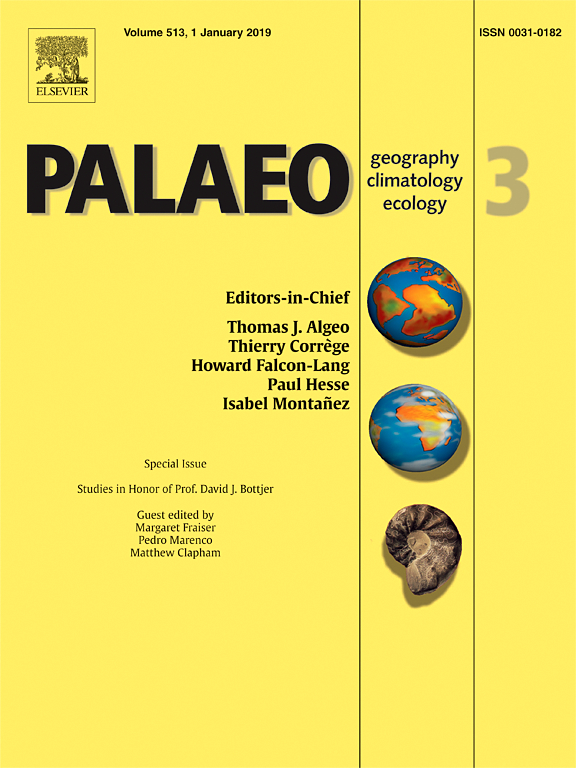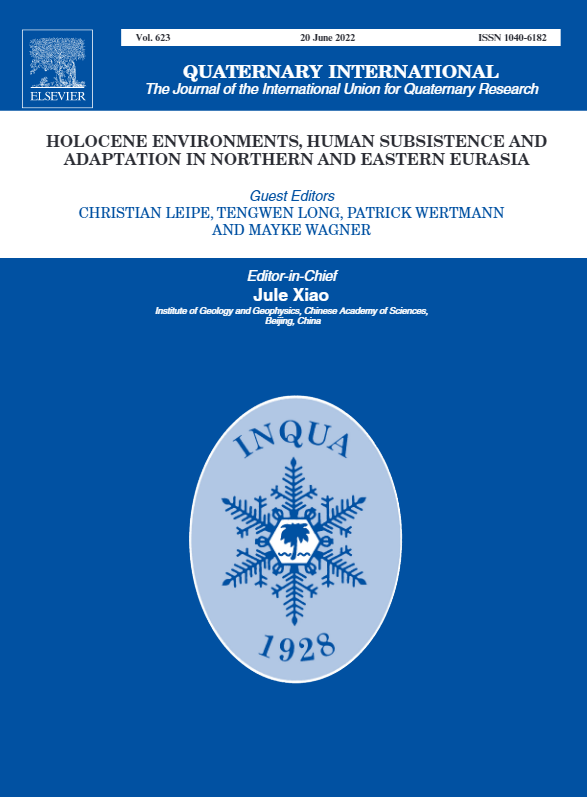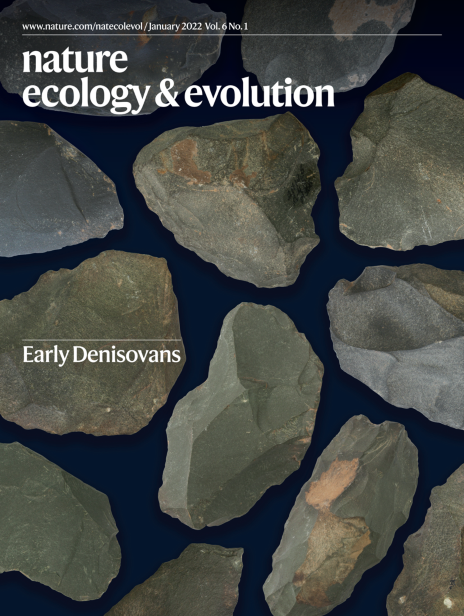Publications
Late- and postglacial vegetation and climate history of the central Kola Peninsula derived from a radiocarbon-dated pollen record of Lake Kamenistoe
A radiocarbon-dated sediment core collected from the small freshwater Lake Kamenistoe, in the central part of the Kola Peninsula, provides a pollen record of vegetation and climate history of this part of Fennoscandia and the European Arctic during the past ca. 13,000 years. In contrast to existing Scandinavian Ice Sheet reconstructions, the record shows that the study site was ice-free at 13 cal. kyr BP, thus allows to improve our knowledge on deglaciation dynamics in North Europe. The [...]
Bioarchaeological Analysis of Human Remains from the Destroyed Early Neolithic Cemetery of Moty – Novaia Shamanka (Cis-Baikal)
Moty – Novaia Shamanka (MNS) is an Early Neolithic (7560–6660 HPD cal BP) destroyed Kitoi cemetery, located on the lower Irkut River in Siberia. In 2014–2015, small rescue excavations were conducted by archaeologists from Irkutsk State University. MNS dates to the period between the two phases of use identified at the nearby Shamanka II Kitoi cemetery (Southwest Baikal). This paper presents the results of a bioarchaeological study of the human skeletal remains from MNS and discusses these findings [...]
The Early Neolithic–Middle Bronze Age environmental history of the Mamakan archaeological area, Eastern Siberia
This study presents the first radiocarbon-dated palynological record from a peat section (57°49′10.03"N; 114°03′31.37"E, 251 m above sea level) in the Mamakan area located in the lower Vitim River valley, about 350 km northeast of Lake Baikal. While the area is particularly renowned for its numerous multi-layered Upper Palaeolithic (ca. 50,000–14,000/10,000 cal yr BP) archaeological sites with rich cultural assemblages, there is also evidence for human occupation during the Mesolithic–Neolithic–Bronze Age period (ca. 14,000/10,000–3000 cal yr BP). However, the absence of accurately dated palaeoenvironmental records does not allow discussion of [...]
Special Issue: Holocene environments, human subsistence and adaptation in northern and eastern Eurasia
All 14 articles combine palaeoenvironmental with archaeological data to create new knowledge and thought-provoking conclusions. Six teams concentrated on the reconstruction of past climate and environmental changes; three articles focus on early grain crop dispersal, one on the use of beans, one on the use of aquatic resources, and one on the role of sheep and horse as well as wild plant and animal species in subsistence economies; one author relates long-term coastal changes to cultural development; and [...]
Radiocarbon dating from Yuzhniy Oleniy Ostrov cemetery reveals complex human responses to socio-ecological stress during the 8.2 ka cooling event
Yuzhniy Oleniy Ostrov in Karelia, northwest Russia, is one of the largest Early Holocene cemeteries in northern Eurasia, with 177 burials recovered in excavations in the 1930s; originally, more than 400 graves may have been present. A new radiocarbon dating programme, taking into account a correction for freshwater reservoir effects, suggests that the main use of the cemetery spanned only some 100–300 years, centring on ca. 8250 to 8000 cal BP. This coincides remarkably closely with the 8.2 ka cooling event, [...]
Scanning electron microscopy for differentiating charred endocarps of Rhus/Toxicodendron species and tracking the use of the lacquer tree and Asian poison ivy in Japanese prehistory
The use of natural lacquer for preservation and decoration of various commodities is a remarkable invention. In Japan lacquer production dates back to the Neolithic Jomon period and has been mainly based on the sap extracted from the lacquer tree (Toxicodendron vernicifluum (Stokes) F.A. Barkley). However, it is still unclear, if lacquer production evolved in Japan independently or was introduced from Neolithic China, another centre of early lacquer production. A debate also revolves around the origin of the [...]





